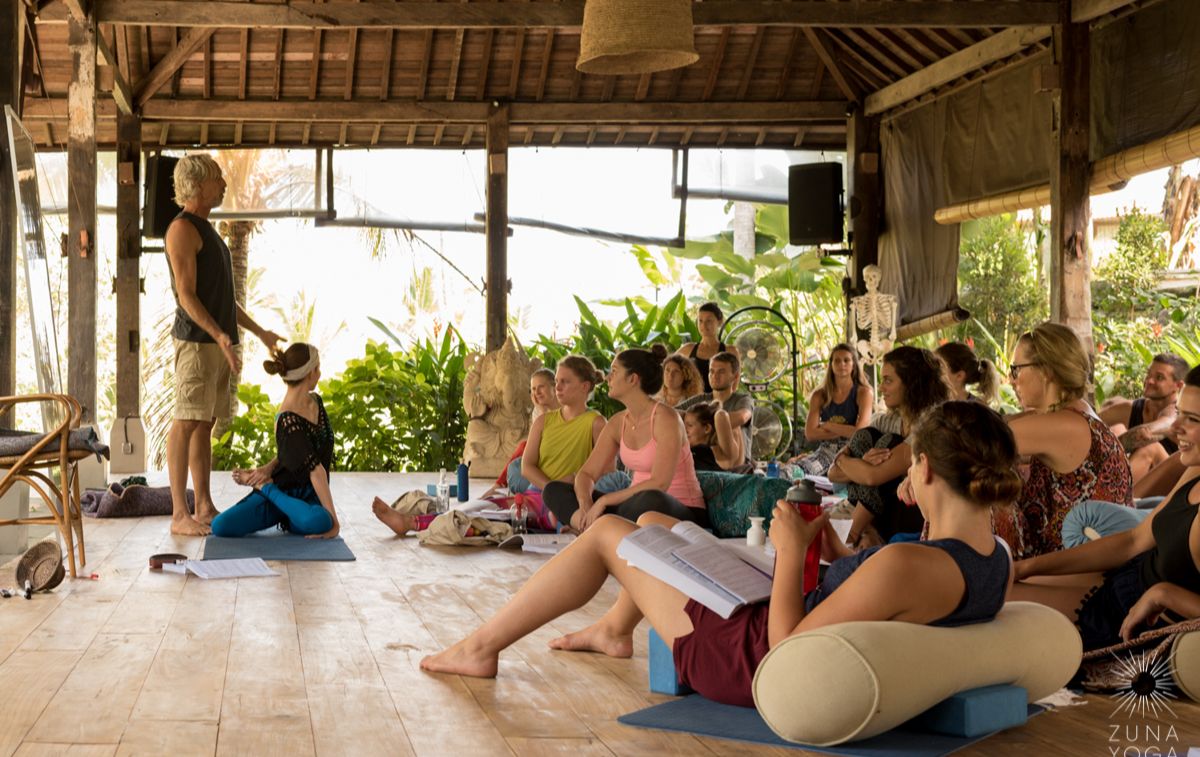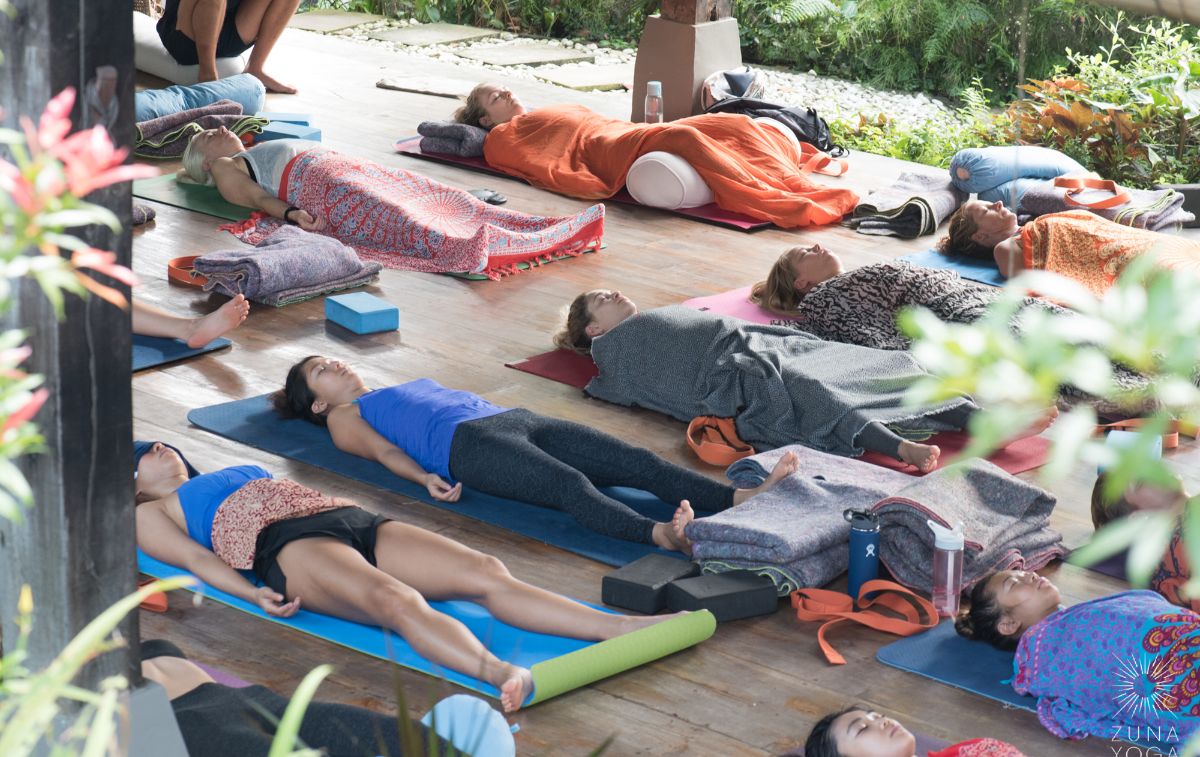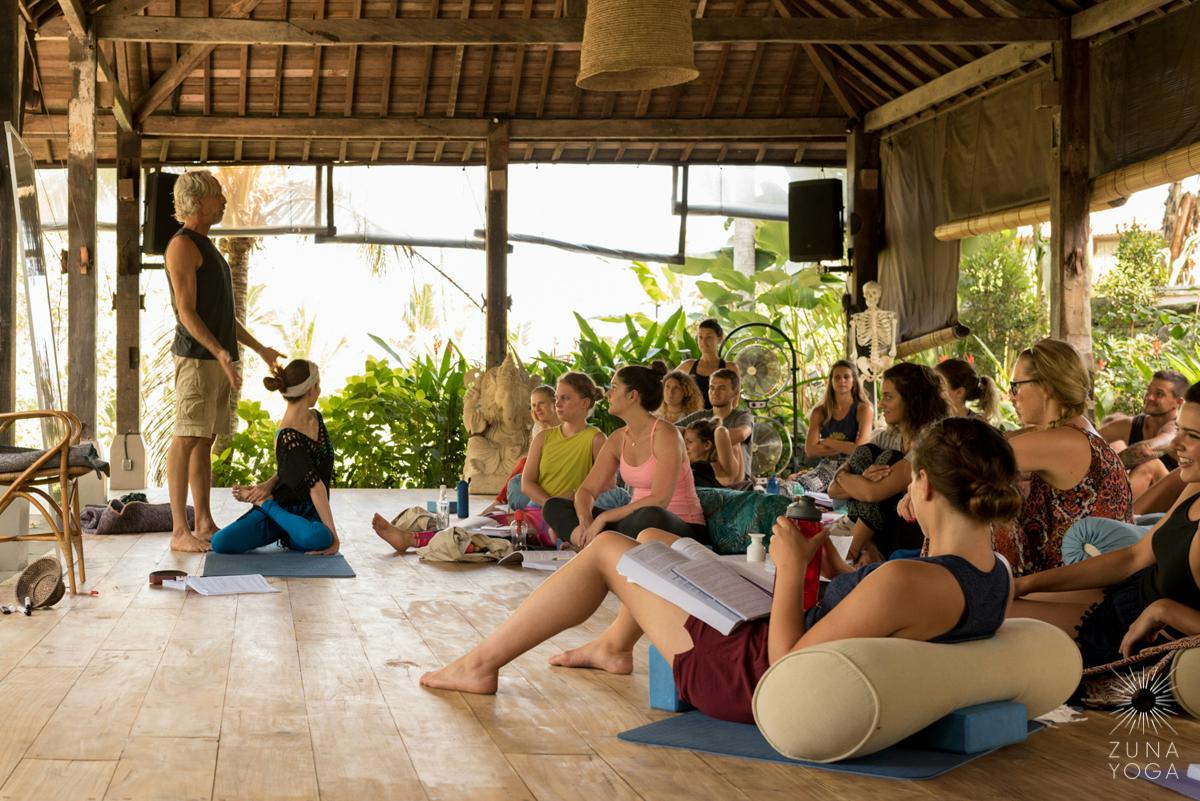“Undisturbed calmness of mind is attained by cultivating friendliness toward the happy, compassion for the unhappy, delight in the virtuous, and indifference toward the wicked.” - Patanjali
In our last post on the science of meditation, we presented different techniques for meditation and described the stages of going deeper. The spectrum of practices ranges from simple relaxation to a very deep and spiritual pursuit. There are benefits to all of these stages. And the deeper you intend to go, the more practice is required. The fact of the matter is, most people don't meditate. Most yoga teachers don't even meditate.
Why?
Because it's difficult. Because there is no instant gratification. Because it's much harder to tell if you're "doing it right." Much more so than learning to master an inverted flying triple gainer squirrel pose.
A Style That Works For You
But our aim here is not to discourage you. This week we'll discuss some of the ABC's of starting your own home meditation practice. Carving out the right time and creating a space to meditate are key. The tips are simple and might seem blindingly obvious, yet they are important for consistency and success.
Choose A Regular Time
Ideally, the best times for meditation are early morning or late evening. An early morning meditation, before our brains shift into hyperdrive, and before that first coffee that revs your adrenals. Late evening, perhaps a centered meditation, when we've accomplished all we're going to, maybe we're a little tired and our minds are starting to wind down.
Sunset and sunrise are particularly powerful, and also quite simply a beautiful and inspiring time to be quiet and mindful.

Combining Meditation into Daily Life
That being said, you'll need to choose a time that will regularly work for you. It should fit with your own daily schedule, and also with the schedule of anyone sharing your home. You may be in a great space mentally at 7am, but if your kids are running around getting ready for school and your partner is pounding away on the treadmill nearby, you won't be able to go inward.
Fun fact:
The ancient teachers of yoga meditation suggest that the ideal time is around 4:00 am. However, unless you're going to bed at 9pm or are able to nap later in the day, an early start like this is not going to be practical. The key to success in meditation is to choose a time that consistently works for you.
It may be helpful to plan your meditation around your daily activities. You can build it into a ritual to help make it stick. For example, wake up, slip into comfortable clothing, use the bathroom, sip some herbal tea, work out the morning stiffness with a short asana practice, savasana, then take your meditation seat.
When you're done, and your eyes flutter open, you can enjoy your morning coffee, breakfast, shower, and dive into the day's program with a centered, calm mind.
Fun fact:
Yogic texts recommend bathing before meditation, to cleanse the outer shell of toxins and also coax the mind into feeling pure. It's creating a clean slate. Again, be practical. If you prefer to roll out of bed into your asana without showering first, then just go with that.
Be Flexible
It's essential to create habits you can actually maintain. Experiment with your routine to find out what works for you. Be flexible at first. Creating rigid rules will not serve you if you end up skipping your meditation altogether. As soon as you start to feel hurried, stressed, or burdened, you undermine your success. Meditation should be a quiet, joyful, grateful undertaking. You can also consider working in a couple short meditations daily, rather than going for yogi gold and aiming for a solid, uninterrupted two hour session.
Gandhi is quoted as saying, "I have so much to accomplish today that I must meditate for two hours instead of one." While we may find this inspiring, it also sets the bar pretty high and creates unrealistic expectations.
What happens if, on a given day, your schedule gets screwed up and crazy, and you can't squeeze in your regular 30 minute evening meditation? To encourage the formation of habit, it's far better to shorten your practice and "keep the appointment" than to skip it entirely. Skipping a day not only weakens your resolve and makes it easy to go off the rails, it also brings with it a host of negative emotions: guilt, frustration, doubt, self-loathing.
Who needs more of that in their life?
Instead, Affirm Your Commitment and Your Intention.
Sit just for a couple minutes, or for the count of 10 breaths. Even if you turn your attention inward for just a moment - like a moment of silence in honor of your practice - it's better than nothing.
Create Your Space
Try to meditate not just at the same time every day, but also in the same place. Creating rituals helps imprint the habit on your mind, and literally makes the choice of where to sit and what props to use a no-brainer. In an ideal world, when all the feng shui and yogic principles align, you'll have a dedicated meditation room in your home, just as you'll have a decidated place to sleep, eat, and work. Since most of us, due to spatial and financial restraints, don't have this luxury, you can choose a spot in a room instead.
For example, designate the sunny corner by the window in your bedroom as your sacred place. You can leave your meditation cushion or chair there. Keep it clean and uncluttered. Don't use it for any other activities. If you travel a lot, that needn't disrupt your routine. All you need is a comfortable seat, wherever you are. Avoid meditating in bed, as it confuses the mind and creates associations between meditating and sleep.
Super-advanced yogis and zen masters can meditate undisturbed in the middle of a crowd or a tropical storm. Most of us normal mortals, however, will want to minimize distractions: by roommates, kids, neighbors, insects, roosters, pets, etc. Your space should be as quiet as possible. It should also be comfortable: not too hot, not too cold, not too drafty, not too stuffy, not too dark and dank, not too bright.
Summary
Meditation can be simple. But that doesn't make it easy.
The benefit of meditation goes such a long way. By following our tips above on setting the stage, you'll go a long way to building a solid foundation for success. Stay tuned for our next post, where we discuss another simple (but not necessarily easy) key to meditation: how to sit.
Previous posts in this series:
Part 1: why meditation is good for the brain
Part 2: physical benefits of meditation
Part 3: different techniques of meditation
Part 4: Methods of meditation
References:
Brief, daily meditation enhances attention, memory, mood, and emotional regulation
American Psychological Association
Also, enjoy this external link detailing a study of how mindfulness may change the brain in depressed patients:
v=ca0uLyRTrQ0https://news.harvard.edu/gazette/story/2018/04/harvard-researchers-study-how-mindfulness-may-change-the-brain-in-depressed-patients/






